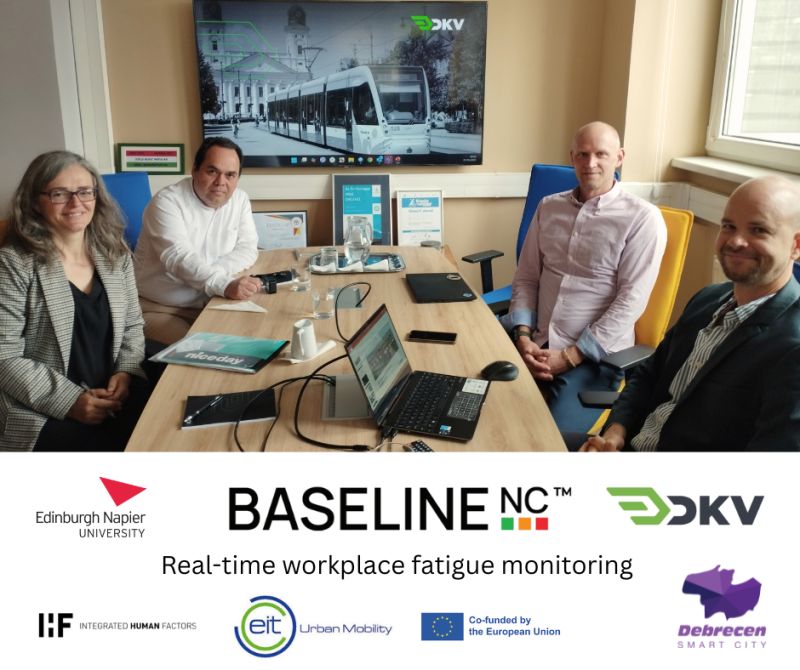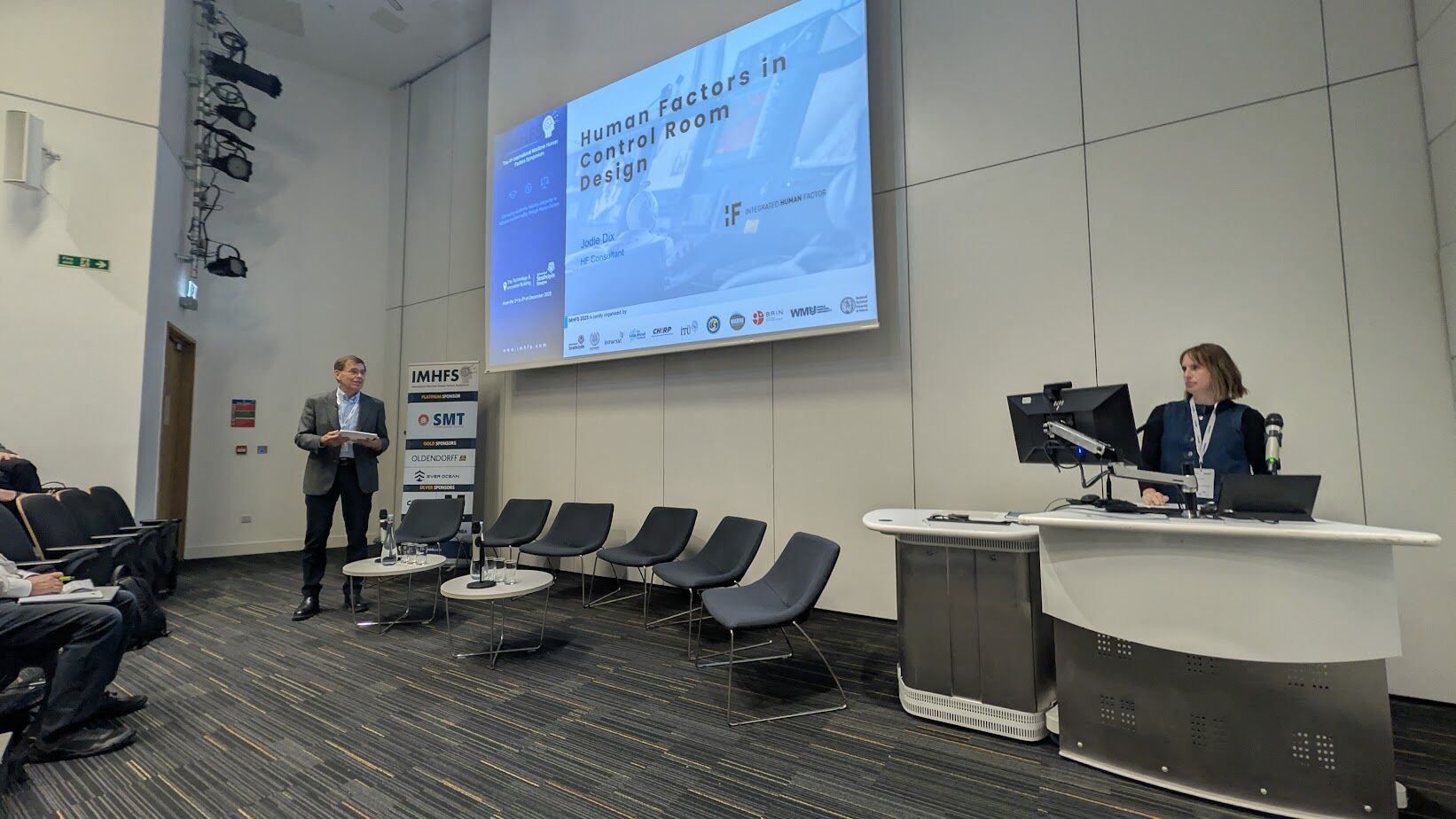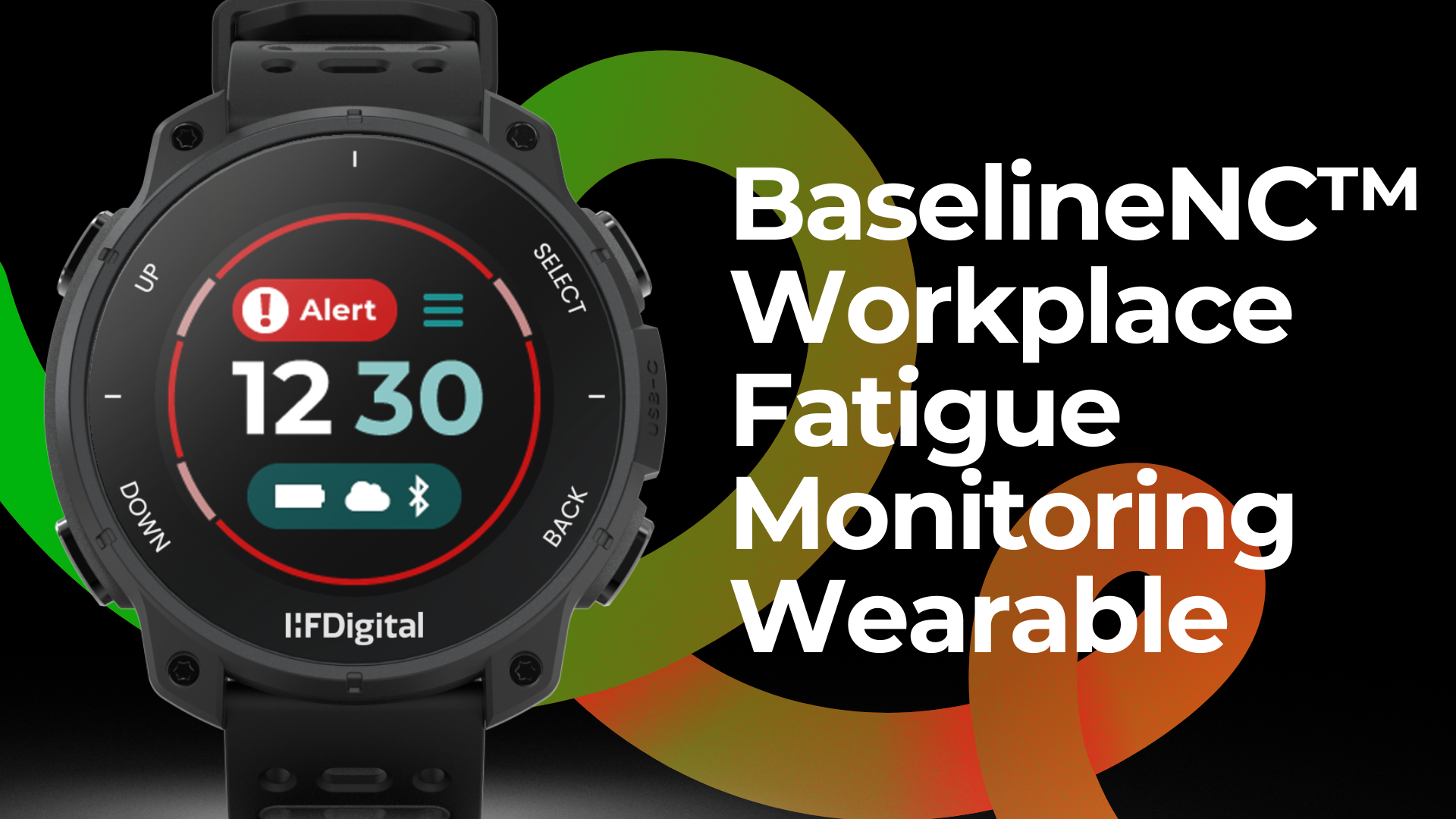The ongoing BaselineNC workplace fatigue monitoring wearable live pilot at DKV Debreceni Közlekedési Zrt. (DKV) involving tram, trolleybus and bus drivers in Debrecen, Hungary has taken another step forward with Jorge Eslava-Bautista and Susan Tully from Edinburgh Napier University visiting DKV last week with Béla Göblyös and László Mátyus, where they observed how the workplace fatigue monitoring wearable devices are being integrated into the daily operations of public transport drivers.
This follows Neil Clark and Sadaf Bader from Integrated Human Factors (IHF) visiting Béla Göblyös, László Mátyus and the driver team at DKV to kick off this important phase of the project — commissioning the live trial, with a phased implementation of up to 48 participants including traffic controllers — and this has led to significant milestones such as:
- Extending usage of the BaselineNC workplace fatigue monitoring wearable to Continental Europe in alignment with a trial at Edinburgh Trams in Scotland to assess its real-world applicability and effectiveness.
- As well as trams, usage in bus and trolleybus vehicles in Debrecen is providing valuable data on how the system functions across different modes of public transport.
- The visits from IHF and Edinburgh Napier University at DKV have further demonstrated the continued collaborative drive and passion from the various stakeholders of the BaselineNC project to develop a predictive workplace fatigue monitoring wearable that is designed to identify and mitigate fatigue-related risks before they lead to accidents in safety-critical transport operations.
Why are DKV undertaking this workplace fatigue monitoring wearable pilot?
In 2024, close to 20,000 road fatalities occurred across Europe and the long-term road safety goal, “Vision Zero” aims to have zero fatalities in road transport by 2050. Technological advances, including connectivity and automation, present new opportunities to reduce the role of human errors. The role of fatigue in human errors on our roads, remains a critical safety challenge across the transport sector. One of the most devastating examples was the 2016 Croydon tram crash, where driver fatigue was identified as a probable cause for the deaths of 7 people. This tragedy underscored the need for a proactive fatigue management system that could identify and mitigate risks before they lead to accidents.
The BaselineNC project aims at enhancing public transport safety and improving working conditions for staff. The initial proof of concept trials at the Edinburgh Trams Gogar Tram Depot Simulator provided operational evidence — from a combination of comprehensive IHF and independent assessment results — that BaselineNC delivers effective situational awareness monitoring of fatigue onset with 98% biometric data accuracy.
With the wearable assessed and trialled for suitability, the system is now being tested for operational scenarios. With one of the objectives to humanise the implementation against key metrics such as user adoption and acceptance. For example, the establishment of procedures and processes when the onset of worker fatigue is detected.
An article about the overall project can be found at the EIT Urban Mobility website.











